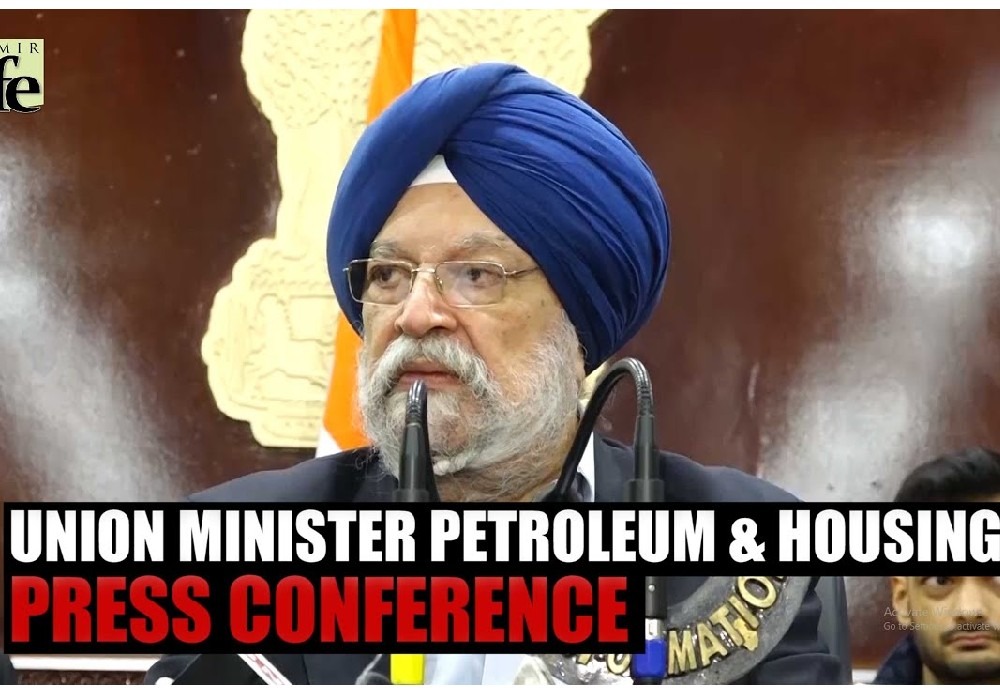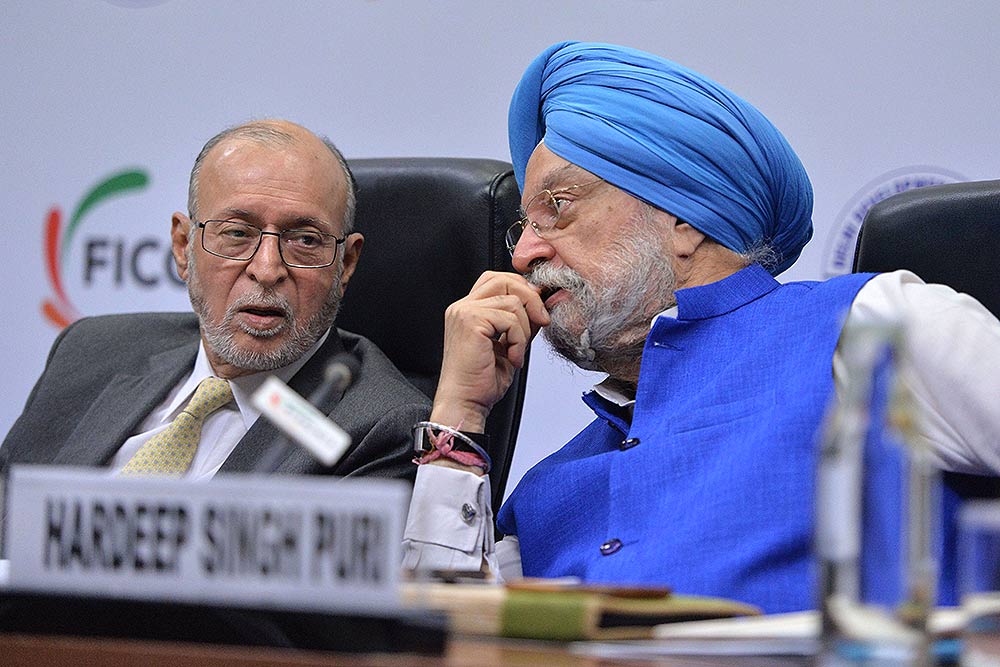The government set the ambitious target of building more than four crore new houses by 2022
One crore rural houses to be built by March 2019
69 lakh rural houses, 40% of targets still to be met
35% of the houses not complete even after two years of being sanctioned
Progress in urban areas is slower, only 12.4 lakh houses built till December 2018
The Modi government made a grand announcement in June 2015. It said by 2022 – India’s 75th year of independence – every Indian would have a brick and cement house with gas, water, electricity and a toilet.
The scheme at the foundation of this promise is the Pradhan Mantri Awas Yojana, which provides subsidies for building low cost houses in both rural and urban areas.
Through the scheme, the government aims to subsidise the construction of 2.95 crore rural houses and 1.2 urban houses by 2022.
In rural areas, the government had set itself the goal of building 1 crore houses by March 2019. It is likely to miss this deadline. As of February 11, it has completed the construction of 69 lakh houses, with 40% of the target still pending.
In urban areas, the urban affairs minister Hardeep Singh Puri claimed in September that 50% of the target had been met. But the government’s website shows of the 1.2 crore urban houses it aims to build, 68.5 lakh houses have been sanctioned, and just 18% of the sanctioned houses have been built.
How does the rural scheme work?
PMAY (rural) is an extension of the Indira Awas Yojana, which was launched by the Congress government in the 1980s. It gave Rs 70,000 as cash incentives to rural families in need of pucca homes. PMAY has increased the amount to Rs 1.2 lakh per house in plain areas and Rs 1.3 lakh in hilly or remote areas. Each house needs to be at least 270 sq ft in size.
Beneficiaries are selected through the housing deprivation parameters in the Socio-Economic and Caste Census of 2011, which are further verified by gram sabhas.
Block-level officers are expected to submit a photograph of each potential beneficiary in front of their current house, as well as a geo-tagged photograph of the land on which the proposed PMAY house is to be built. State governments are required to free up public land for landless beneficiaries.
Once beneficiaries are verified, the government issues sanction orders for the construction. The cash incentives for construction have to be disbursed to beneficiaries in either three or four instalments – the first installment at the time of sanction and the rest at different stages of construction.
What is the budget for the scheme?
For the first financial year of 2016-17, the Ministry of Rural Development, which is implementing the scheme, had asked for Rs 34,050 but the Centre allocated just Rs 16,000 crore. This gap reduced over the years.
The total amount of Central funds utilised by the states has also increased over the years, from 21% in 2016-17 to 79% in 2018-19.

देश में एक करोड़ यात्री प्रतिदिन कर रहे हैं मेट्रो की सवारी: पुरी ..

Union Minister for Petroleum and Natural Gas and Housing and Urban Affairs, Hardeep Singh Puri addressing a press conference in ..

Joint Press Conference by Shri Hardeep Singh Puri & Dr Sudhanshu Trivedi at BJP HQ| LIVE | ISM MEDIA ..
(3).jpg)
"I wish a speedy recovery to former Prime Minister Dr Manmohan Singh Ji. God grant him good health," Puri wrote. ..